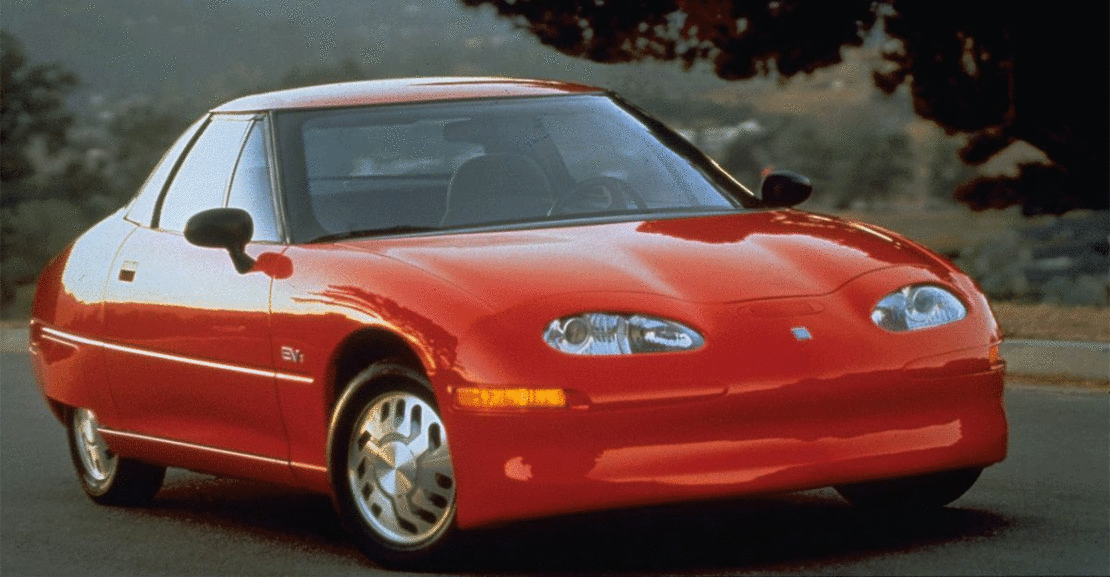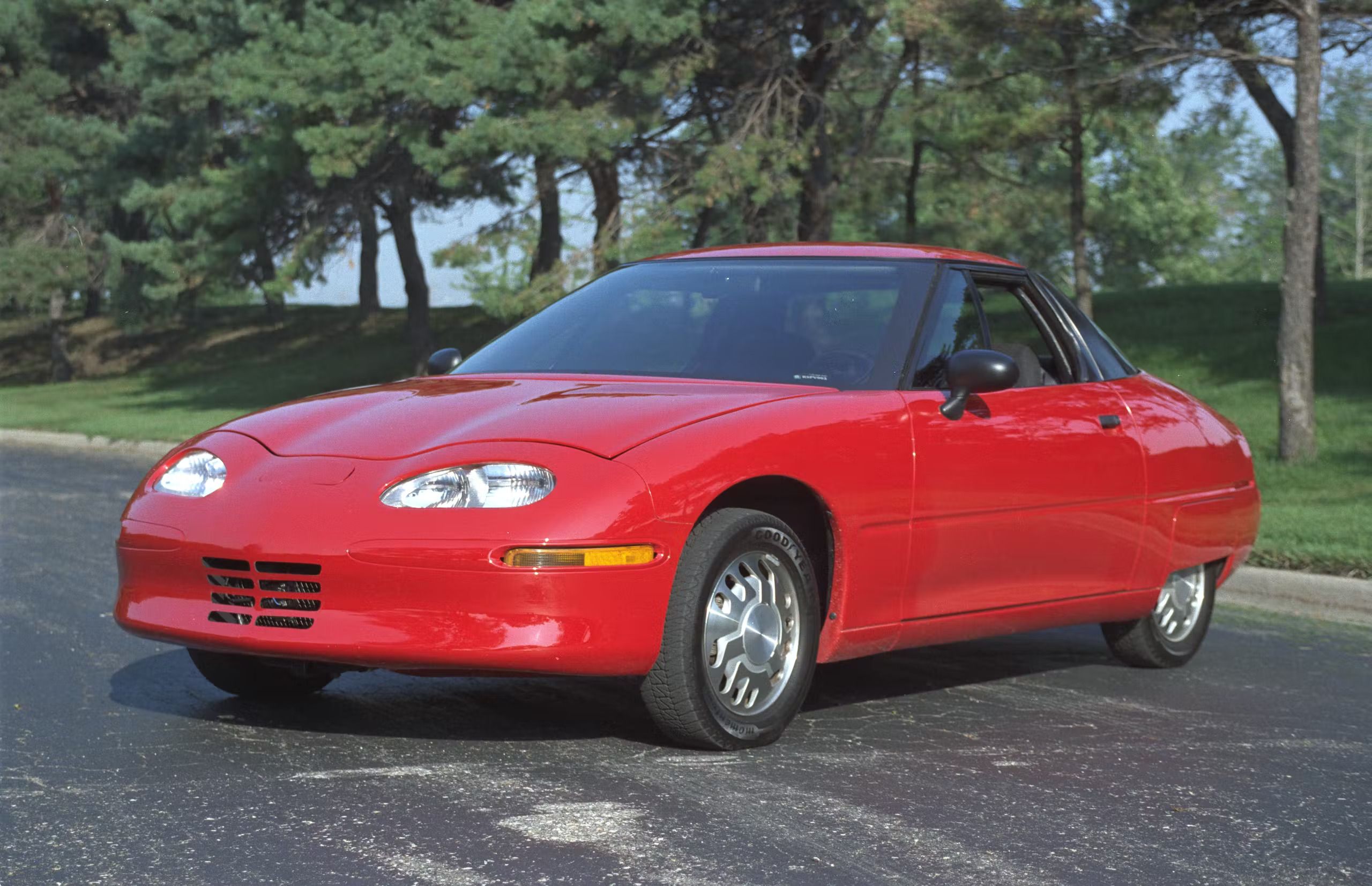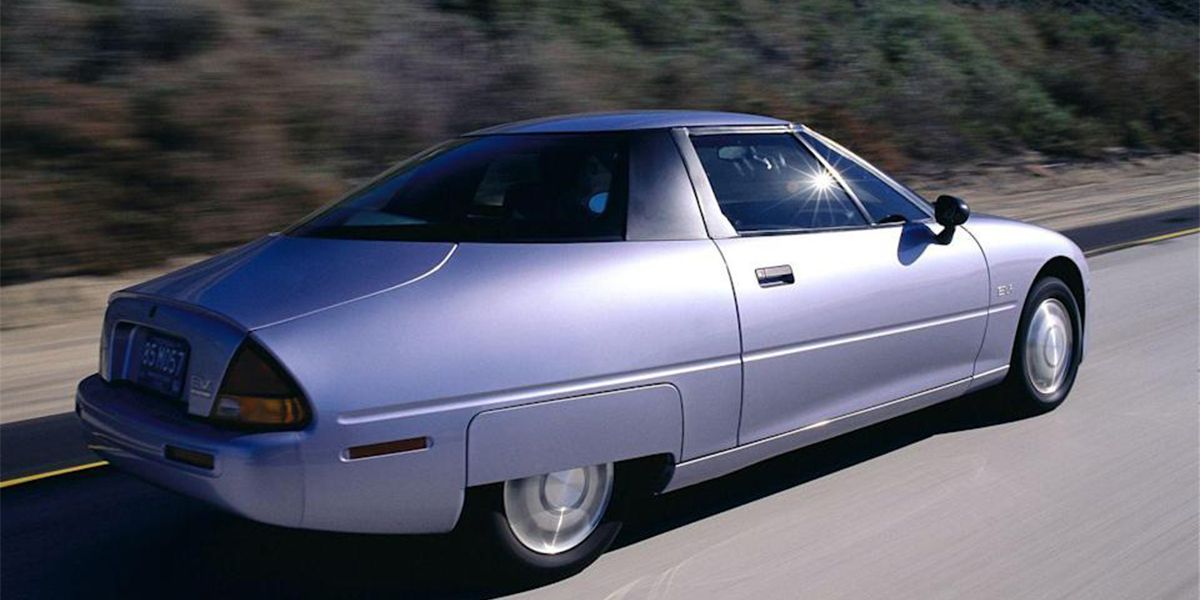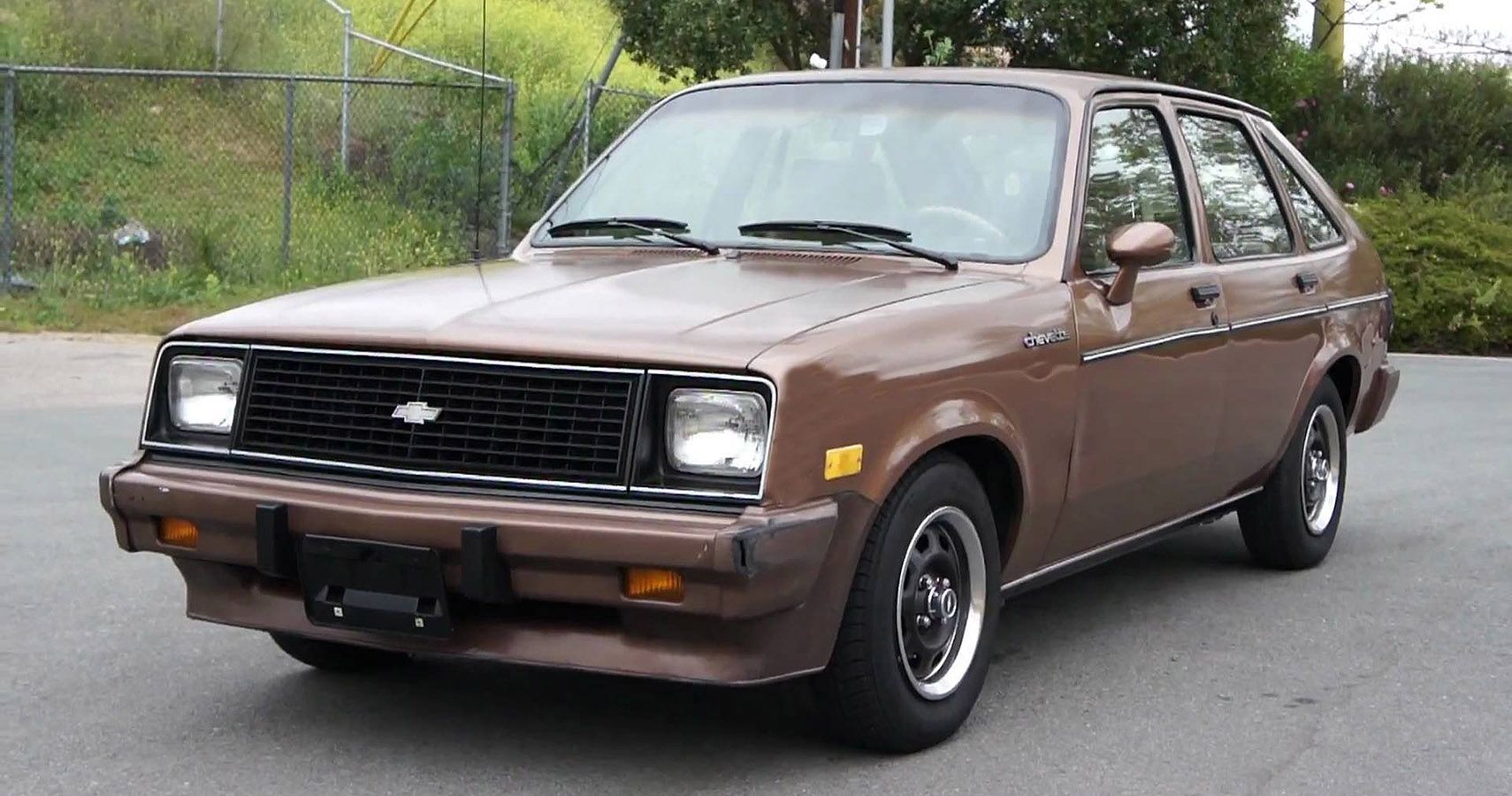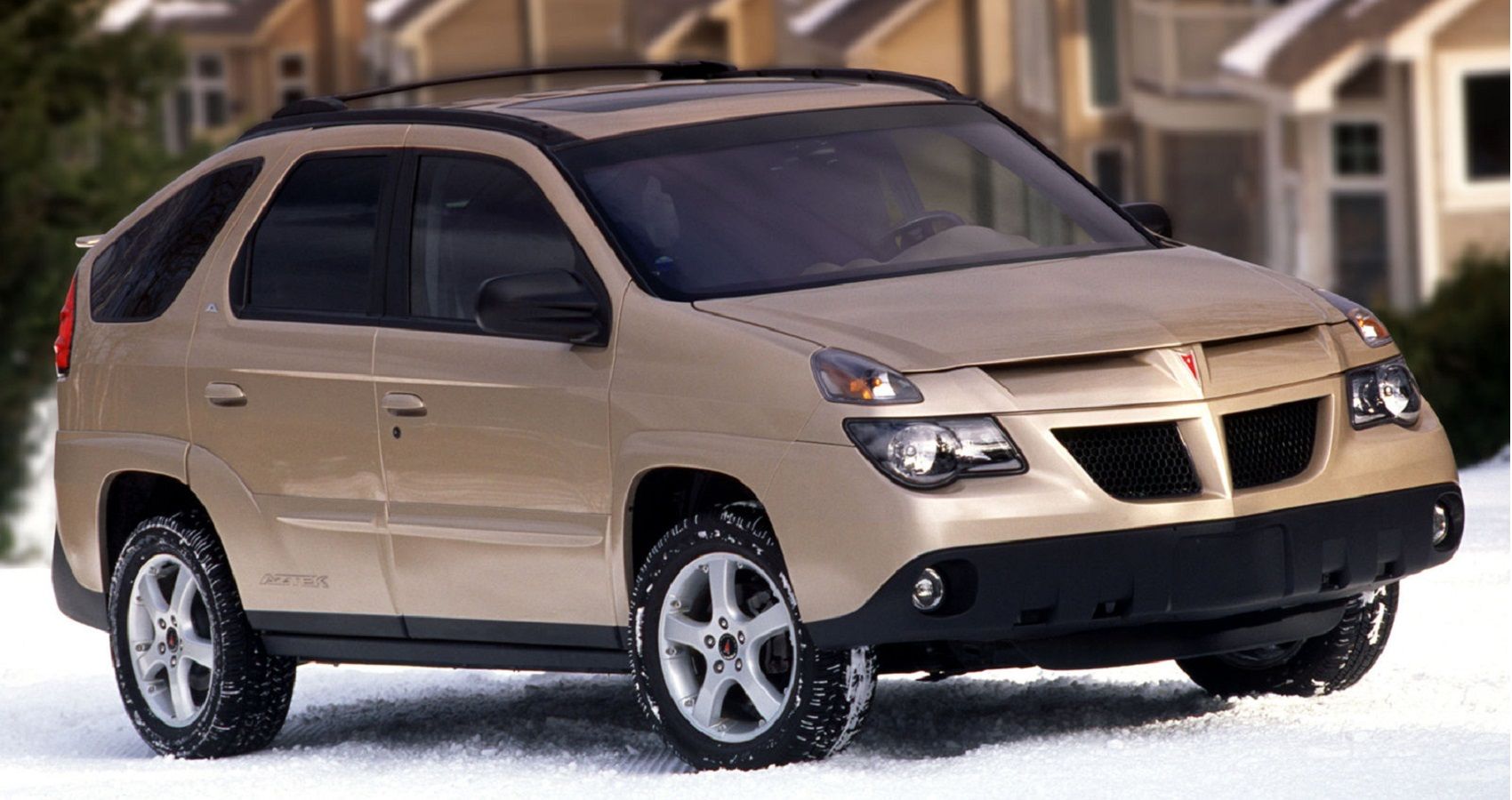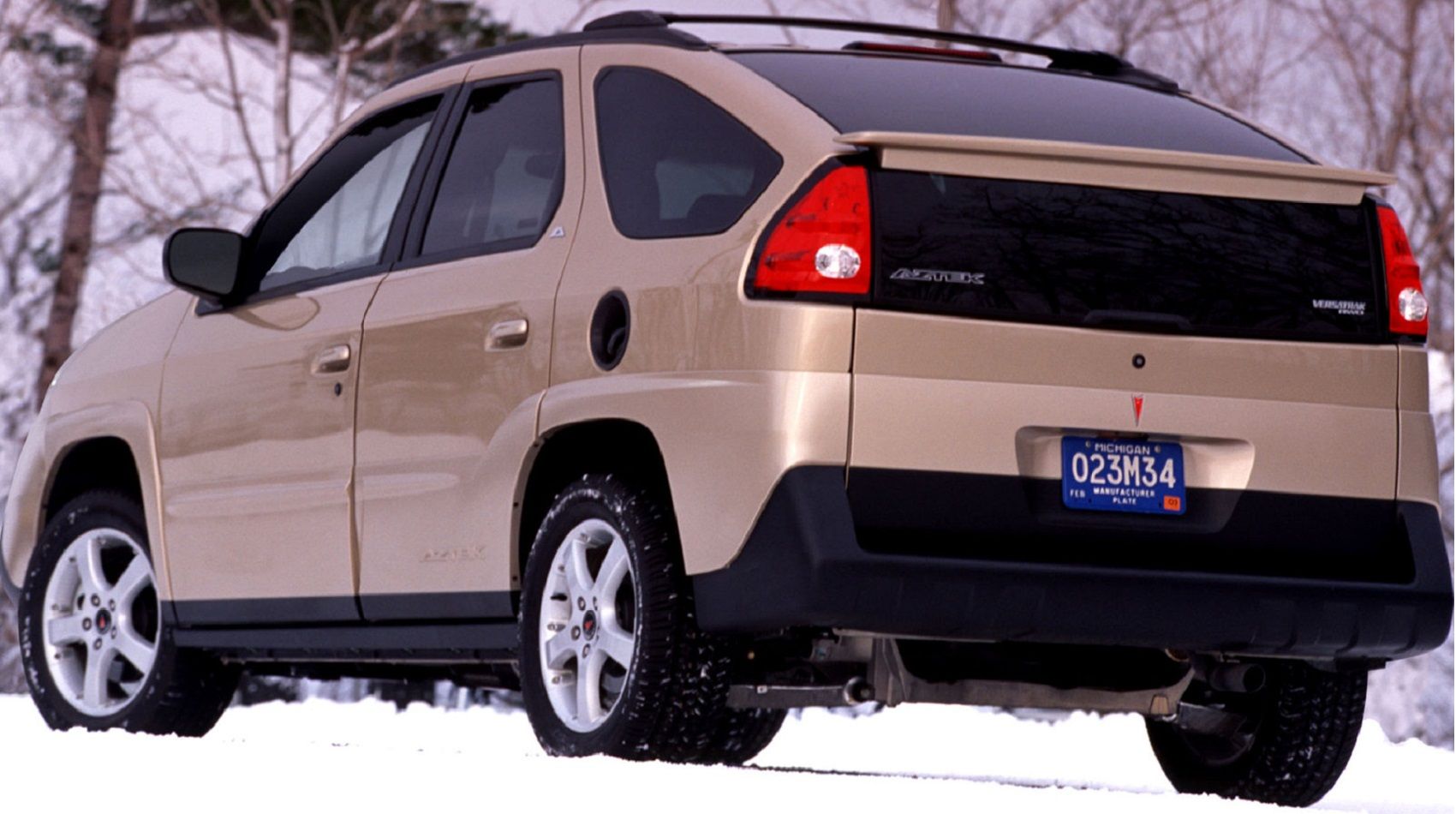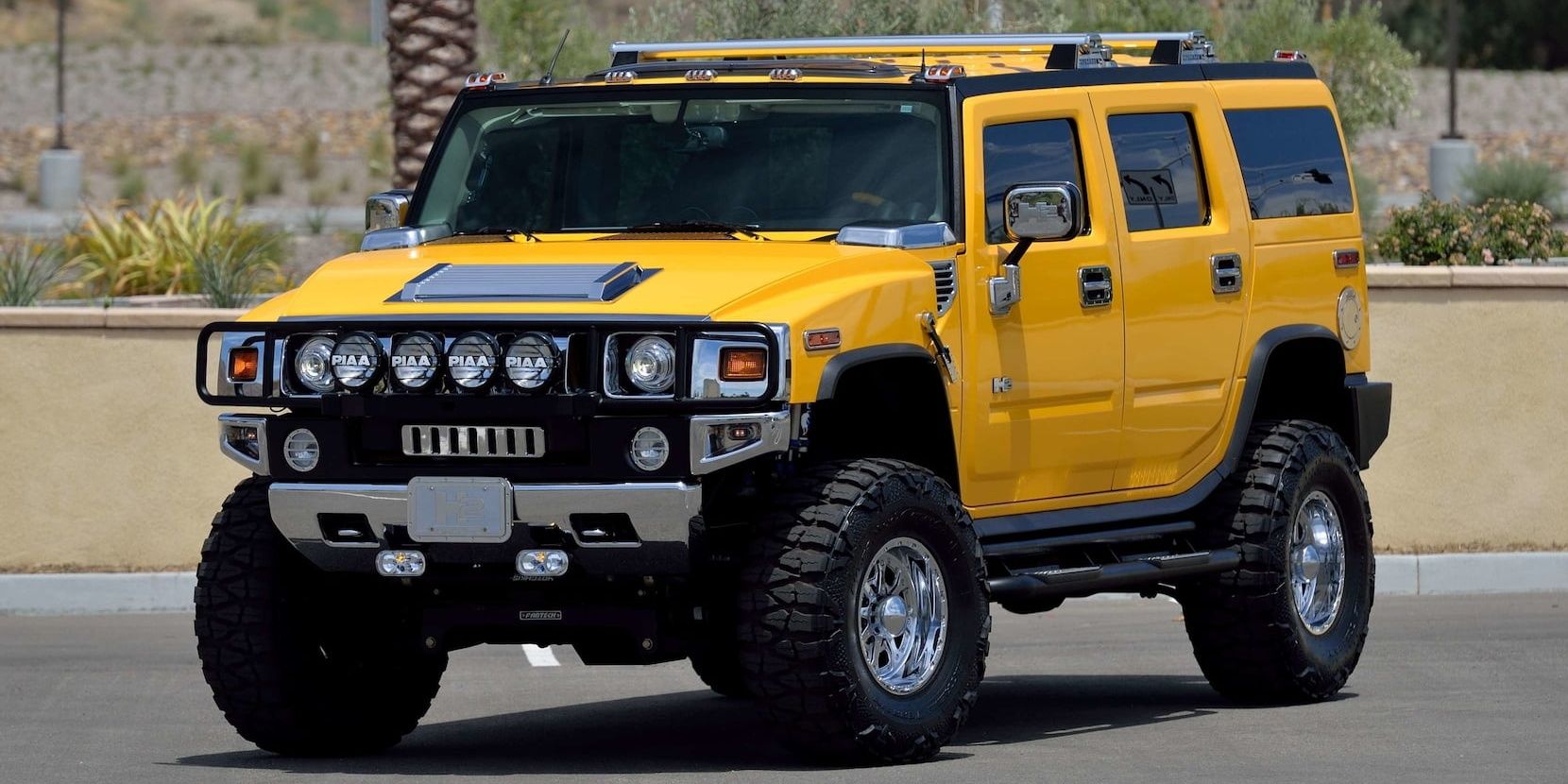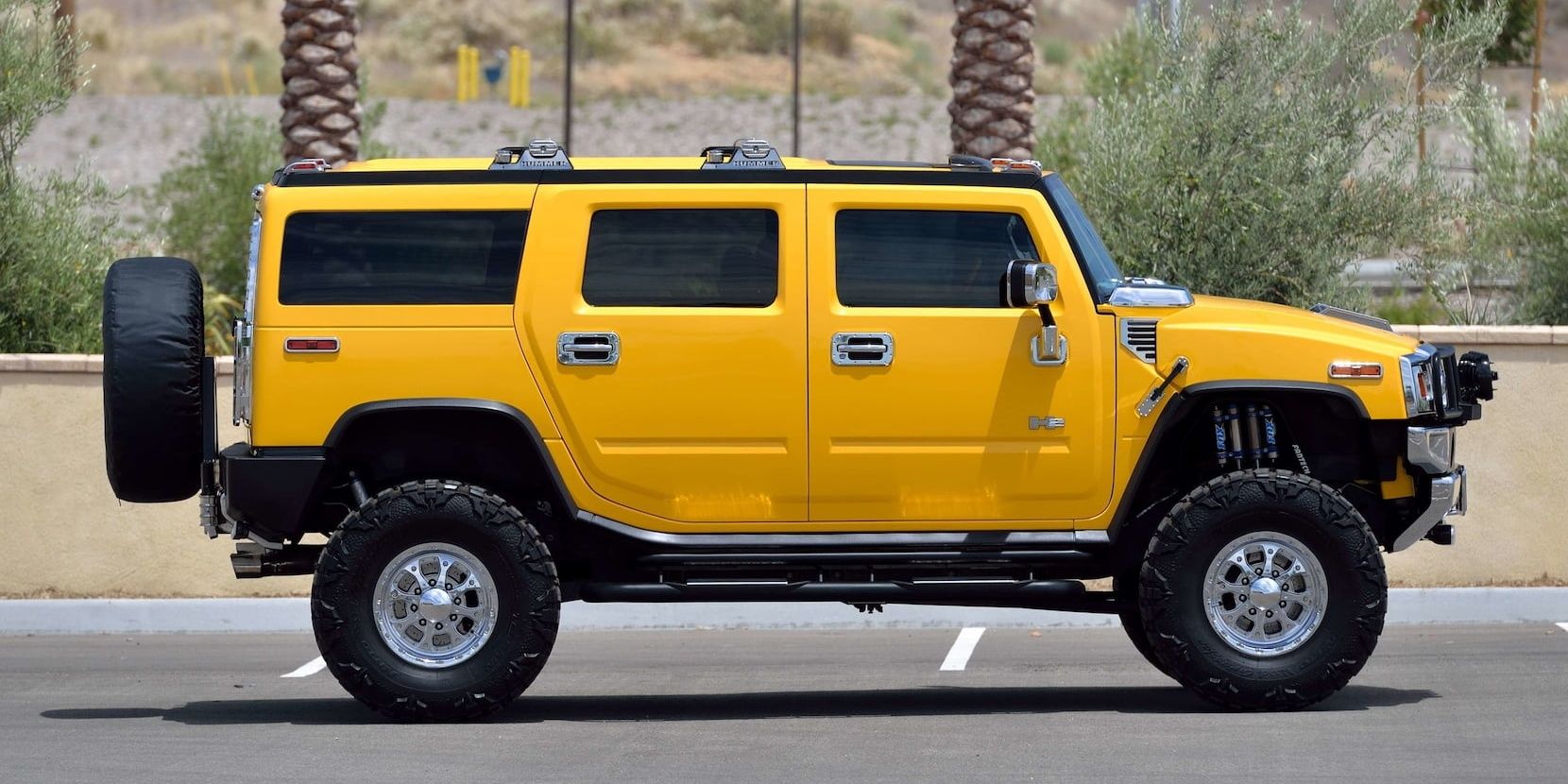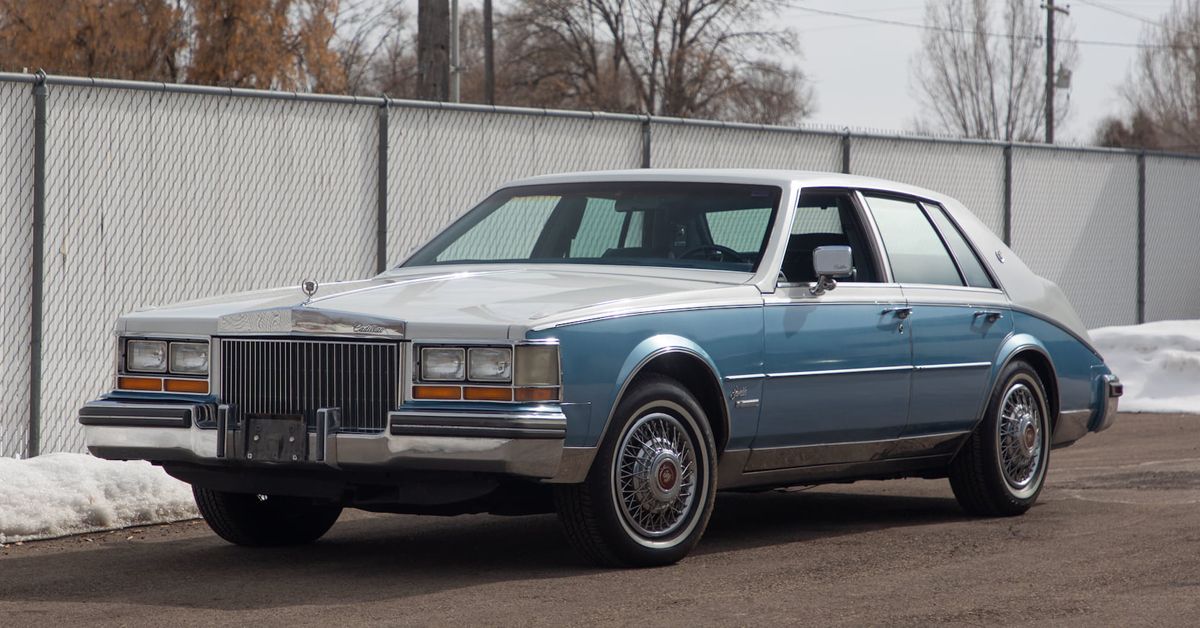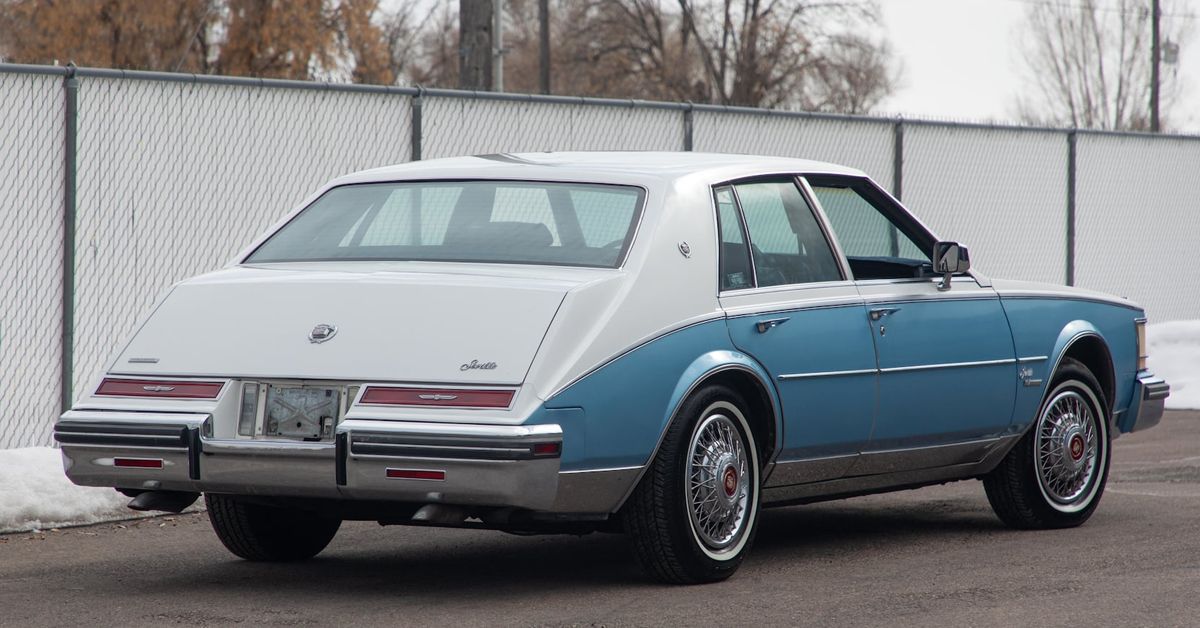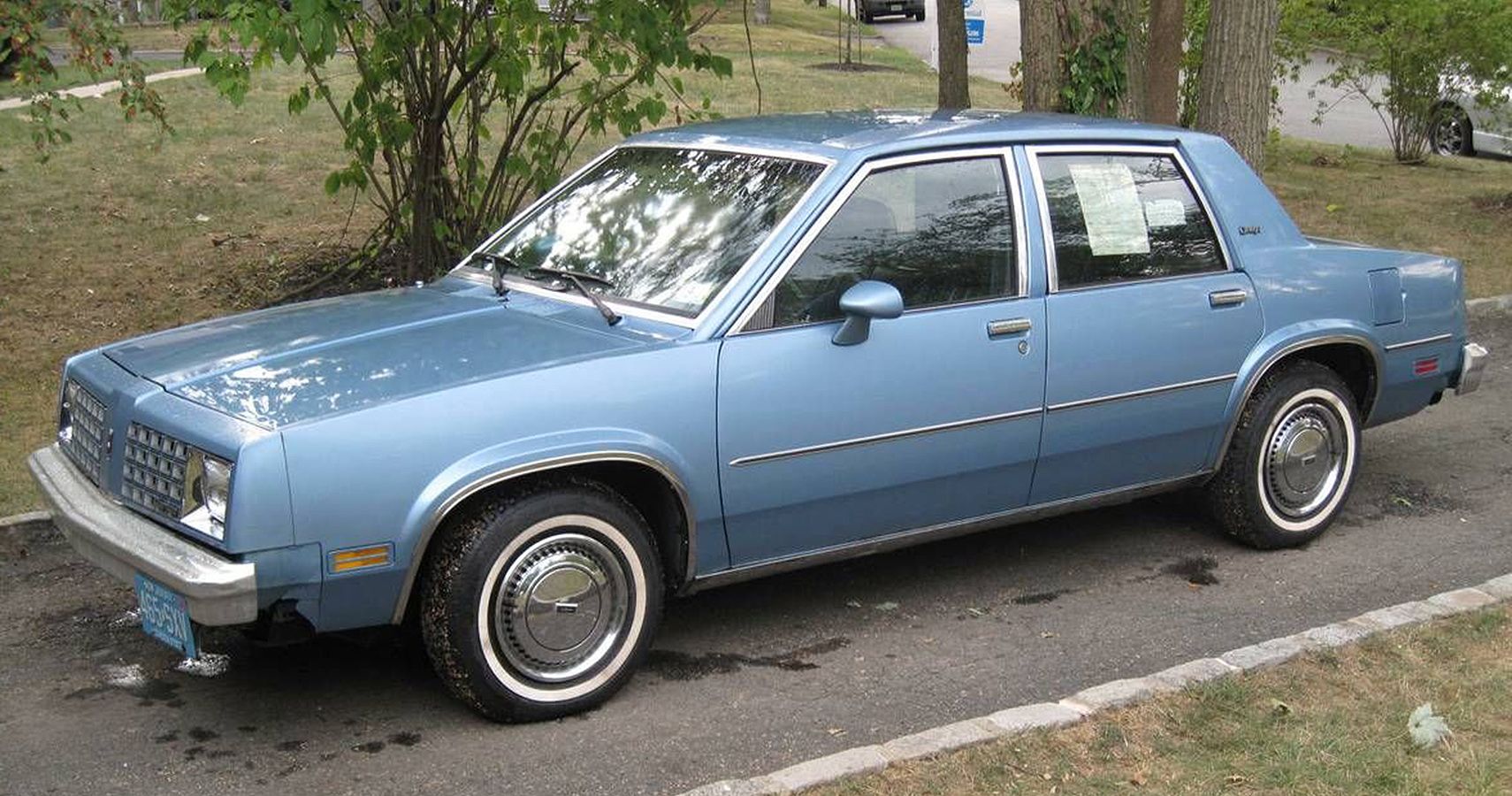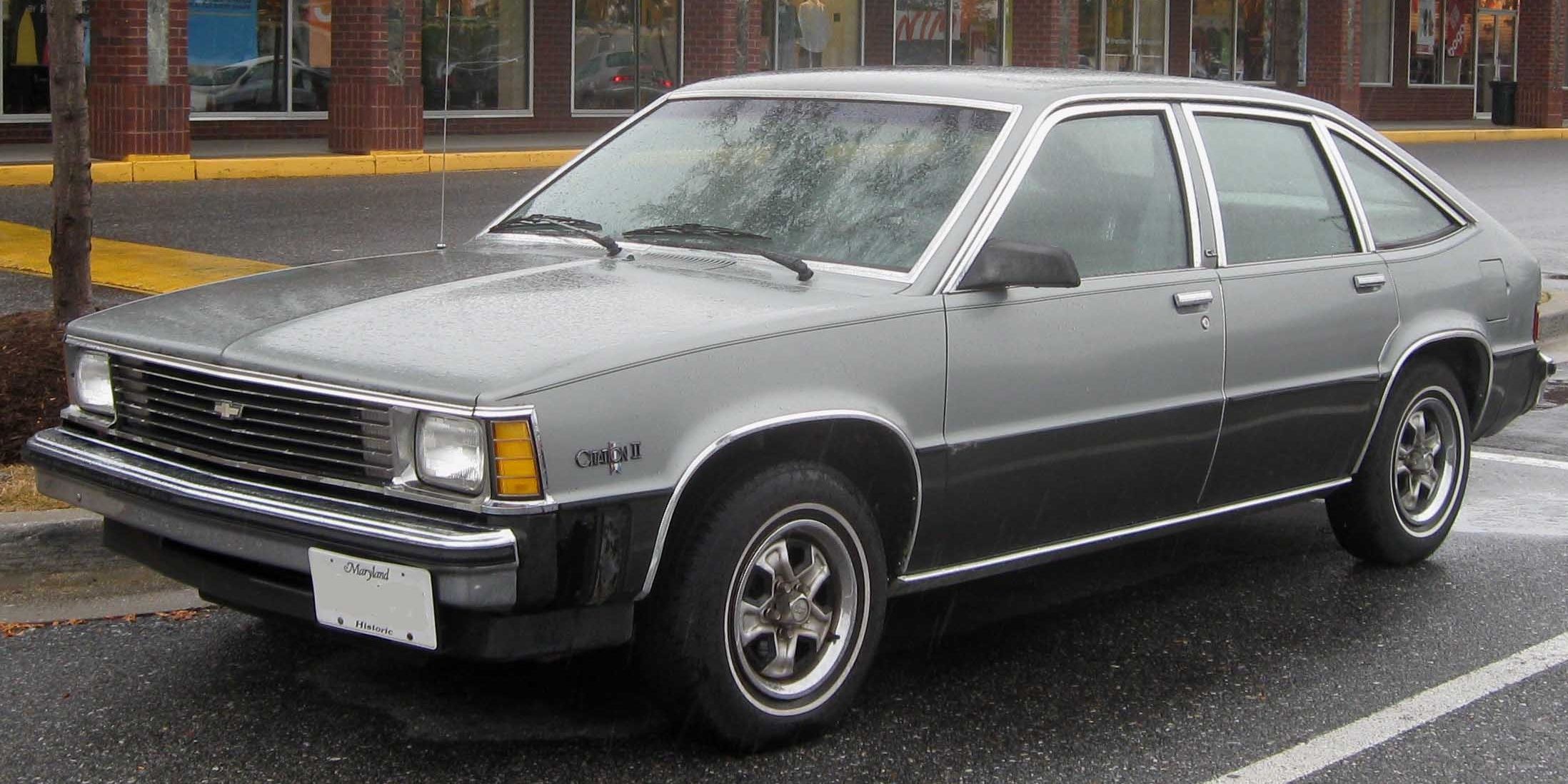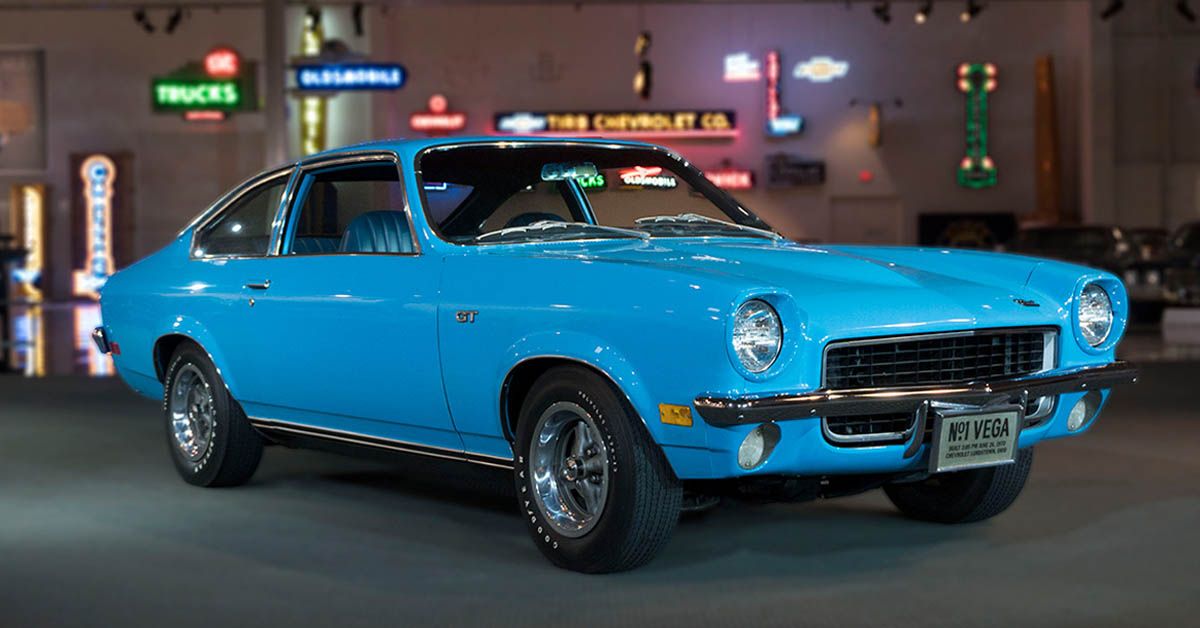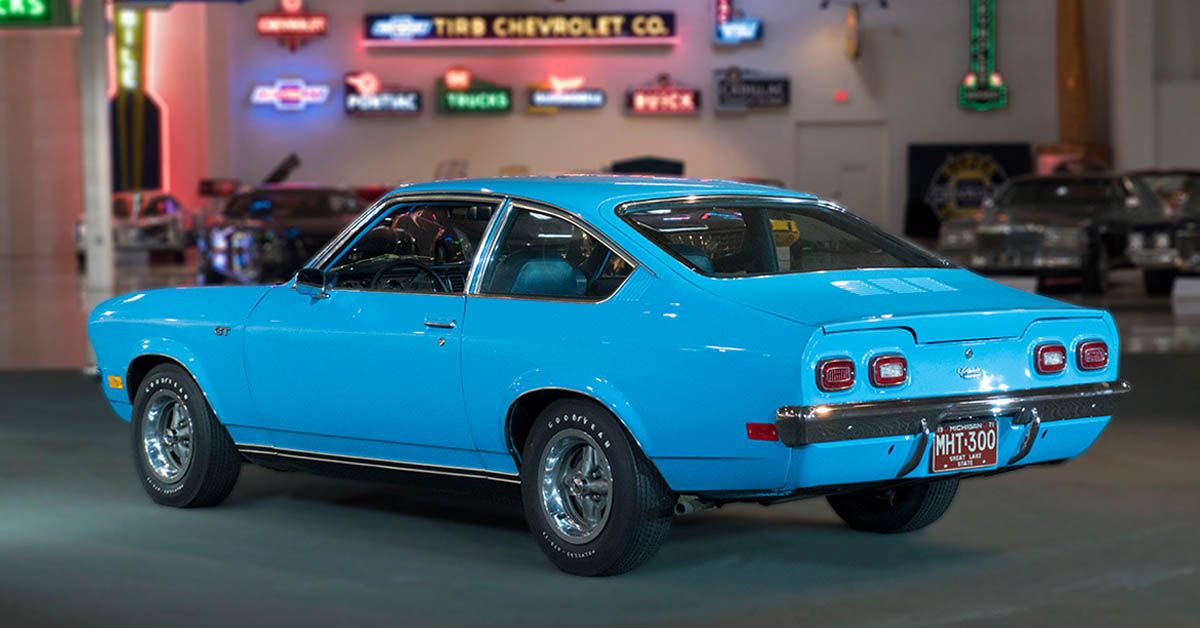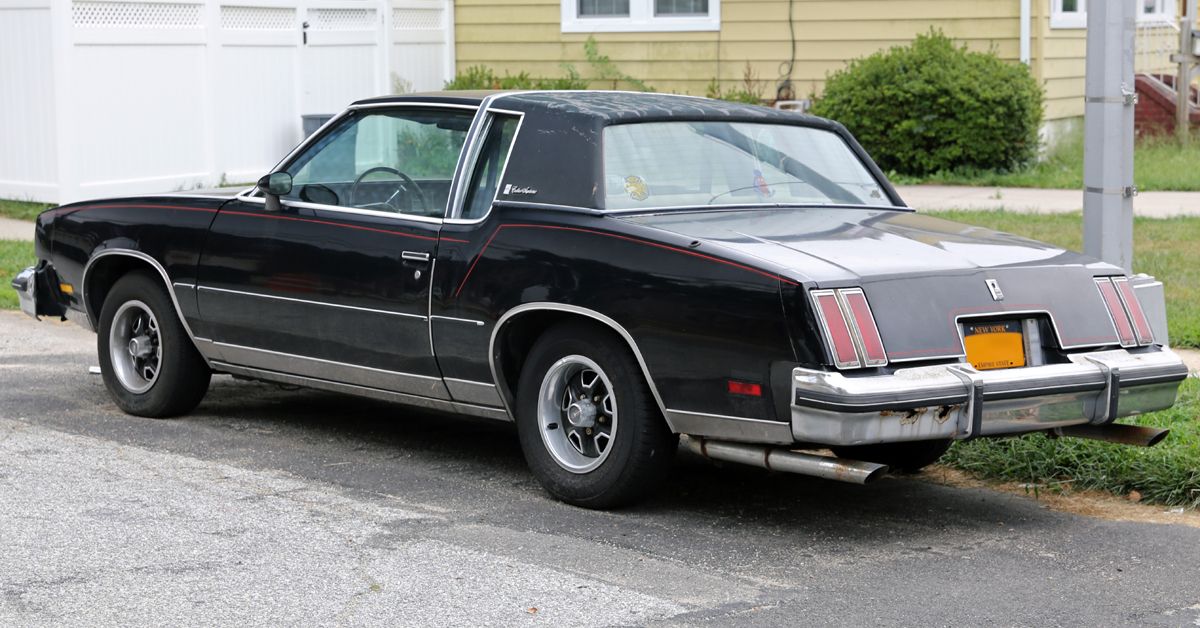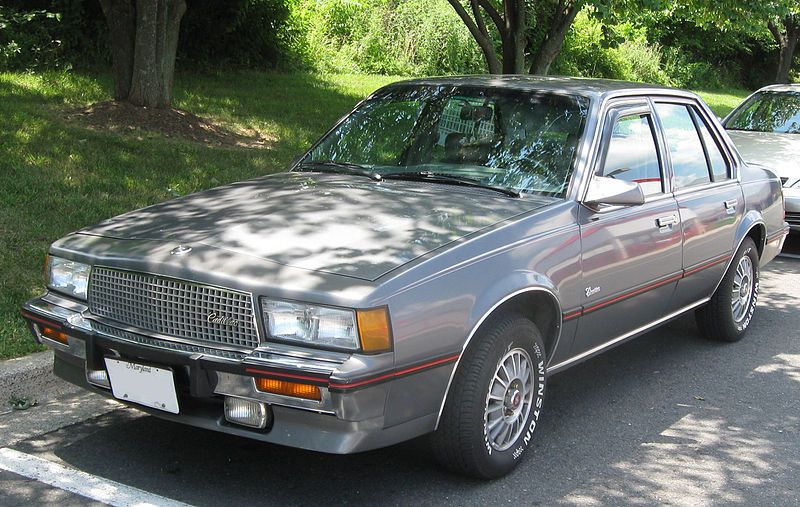[ad_1]
General Motors is one of the world’s largest car manufacturers and ranks among the “Big Three” automakers in America, alongside Ford and Chrysler. Boasting a vast amount of automotive history, the Detroit-based automaker amasses four core brands under its wings; Buick, GMC, Chevrolet, and Cadillac. While the company gained a reputation for producing iconic products like the Corvette, Camaro, and GTO, GM also made some crappy decisions and produced cars that nearly killed its brand.
Some of the classic cars in this list were a product of hasty decisions from GM in a bid to beat off competition from other automakers. Therefore, the cars never went through the required quality checks and turned out problematic and unreliable. A few were just too ugly, and no one wanted them, while others, like the EV1, appeared in the limelight when electric technology wasn’t advanced enough. Here are the 10 GM cars that heavily damaged the brand’s reputation.
10/10 1991-1995 Saturns
Saturn was a revamped attempt by GM to sell fresh new products. So, the automaker started out by setting up a fresh plant in Spring Hill and a new labor agreement. Unfortunately, GM’s plan to create a fresh dealer network didn’t work out simply because Saturn’s cars were mediocre.
Early 1991-1995 cars featured plastic body panels clamped to a steel space frame. While these plastic panels were rust-resistant, they faded quickly, cracked over time, and exhibited large gaps. Again, the loud four-cylinder engines didn’t produce significant power, nor were they fuel-efficient, and the cars’ handling was horrendous. They include the 1992-1995 Saturn SLs, SCs, SL2s, SC1s, and SC2s.
9/10 1997-1999 General Motors EV1
Even today, the EV1 remains a marvel of engineering as it was the best electric car the world had ever seen. Featuring an Aluminum structure, the car was quick, fun, and downright reliable. With a travel range of 75miles for the 1st-gen model (upped to 150 miles for the 2nd-gen EV1), the car held a promise that electric cars would soon replace the smoky internal-combustion engines.
The problem? Battery technology was nowhere near ready at the time. Also, the EV1 was also too small and impractical. During traffic, its real-world range dropped to about 40 miles. Combined with the EV1’s unbearable production cost, GM canceled the program, recalled the leased 1,117 EV1s, and crushed them, regardless of the protesting customers. And suddenly, the world forgot GM as the company that elevated EV technology and became the automaker that “killed” the electric car.
8/10 1976-1987 Chevrolet Chevette
In response to the 1973 oil crisis, Chevrolet introduced the Chevette as its entry-level subcompact car. It was an instant hit, becoming America’s best-selling small car in 1979 and 1980. Unfortunately, the Chevette’s success was already doomed from the word go.
Based on GM’s T-platform, the car was actually outdated as it was a rear-drive subcompact in a world dominated by front-drive cars like the Ford Fiesta, Volkswagen Rabbit, Honda Accord, and Honda Civic. Again, it was also massively underpowered, producing a disappointing 53hp from the 1.4-liter four-cylinder engine and 70 hp from the 1.6-liter engine. The Chevette was one of Chevrolet’s greatest missteps of all time.
7/10 2001-2005 Pontiac Aztek
Introduced in 2001, the Aztek was the ugliest car ever on American roads. It was far from the excellent concept car Pontiac displayed in 1999. Why? When designing the car, GM decided to base the Aztek on an existing platform – the one used by the front-drive minivans.
The result was a crossover with some of the worst-looking dimensions, as the car appeared tall and narrow. To make matters worse, GM overpriced the Aztek and covered it in the hideous gray plastic cladding. Edmunds.com and The Daily Telegraph named it the ugliest car of all time, but this was just a reflection of what the public thought about the car. They loathed it. The horrible shape and styling tarnished GM’s reputation.
6/10 2003-2009 Hummer H2
The Hummer was popular during the early 2000s thanks to its military background. It was a powerful, capable machine suitable for off-road and boasted unmatched tow capacities. Unfortunately, a series of unfortunate events took down the once-popular behemoth H2.
Firstly, it came at a time when other automakers like Toyota were investing in green technology with cars like the Toyota Prius and other hybrids. Environmental activists raided Hummer dealerships and other civilian-owned Hummers, calling them ‘pollution machines.’ Then came skyrocketing gas prices in 2007, followed by the 2008’s economic recession. Hummer’s sales plummeted, and by 2010, GM discontinued the brand when the company fell into bankruptcy.
5/10 1981 Cadillac Seville
Reacting to the skyrocketing gas prices, GM introduced a cylinder deactivation technology in its 1981 V8-powered Cadillac cars. GM designed the system to shut off either two or four cylinders at high speeds, to achieve better fuel economy. An innovative idea, no doubt, but the problem is that it rarely worked.
Buyers complained of hesitations in the system resulting in surging and rough rides. Many saw the deactivation system deactivated, leaving the engine to operate on all eight cylinders. And even when running in V8 mode, the engine made a laughable 140hp. After several programming updates, Cadillac killed the V8-6-4 engine for the 1982 model year, replacing it with another ill-fated engine – the HT4100 – in the 1982 Cadillac Deville.
4/10 1980-1985 X-Body Cars
GM’s intention with the X-body cars was to revolutionize the automotive segment, and they did – just not how the American automaker envisioned. The X-cars project was GM’s response to the surging front-wheel-drive imports replacing the rear-drive compacts.
Riding on this promise, GM sold more than 800,000 units during the 1980 model year but saw sales drop drastically in subsequent years. These cars (Chevrolet Citations, Oldsmobile Omegas, Pontiac Phoenixes, and Buick Skylarks) suffered from endemic problems and recalls more than any other GM cars. Rusting was the main problem on all X-cars, leading to disintegrated transmissions, wobbly suspension, and locking brakes.
3/10 1971-1977 Chevrolet Vega
The Chevy Vega was another product of GM’s response to increased import sales. It came about the same time as the ill-fated Ford Pinto. The main highlight of the Vega was the all-aluminum cylinder block and the main culprit to its inevitable demise. The engine overheated, distorting the metals, thus leaking coolants past the head gasket and destroying the cylinder walls.
The Vega was the subject of several mass recalls addressing the engine and cost-related issues. Throw in its abysmal build quality and rusting, and you have one of GM’s greatest debacles. While the automaker sold over two million units by 1977, owners swore off GM cars for generations. So many Vegas ended up in the junkyard to the point that some Southern California salvage yards put up signs rejecting the ill-fated Vegas.
2/10 1978-1985 Oldsmobile Diesel V8-Powered Cars
While Oldsmobile sales peaked in 1981, its success was short-lived due to reliability issues from the V8 diesel engine. GM hastily developed and released the engine to meet the then-upcoming CAFÉ standards. So, instead of developing a new engine from scratch, the automaker based the diesel V8 on the existing gasoline V8 engine.
But to accommodate the 22.5:1 compression ratio, GM made several modifications, including a reinforced bottom end, new cylinder heads, and a more robust iron block. Nonetheless, the fragile engine was a ticking time bomb. Additionally, the 5.7-liter engine produced a puny 129 hp and a disappointing 220 lb-ft of torque. The 4.3-liter version was even worse, producing a stingy 90 hp. Many cars using the engines eventually ended up in a junkyard.
1/10 1982-1988 Cadillac Cimarron
German automakers were dominating compact car sales in North America with their Audis and BMWs. GM needed a rapid response or a quick-fix solution. In what turned out to be a weak plan and a hasty execution, Cadillac based the Cimarron on the existing and unsuitable J-body platform.
Under the hood was the same 1.8-liter four-pot engine used in the Cavalier. In the real sense, the Cimarron was a rebadged Cavalier masquerading as a true Cadillac. GM marketed it as a domestic alternative to the BMW 3 Series, but no one fell for it. Sales were pathetic throughout its production period, which caused a decline in Cadillac’s share of the U.S. market – one from which it struggled to recover for decades.
[ad_2]
Source link
